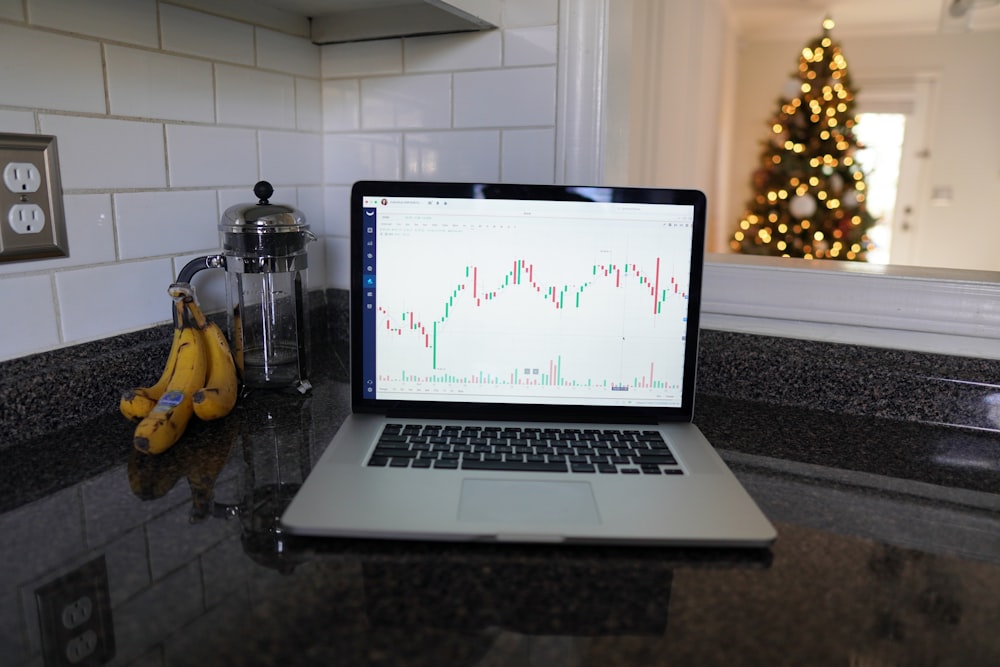FX Daily: Back To The Status Quo
Image Source: Unsplash
The quarter-end flows effect has faded. Markets are steadily back on a short-bond/long-dollar track, helped by an improvement in US ISM manufacturing and hawkish Fed comments. EUR/USD and GBP/USD look on track to test the 1.0400 and 1.2000 support levels. Meanwhile, the RBA's new governor sent a message of continuity and added pressure on AUD.
USD: Reclaiming the crown
We had pointed at quarter-end flows as the likely cause for dollar weakness into the end of last week, and yesterday’s price action set markets back on the short-bonds/long-USD track that has been the norm since mid-July. Two factors have helped this narrative re-consolidate along with the quarter-end effects fading: an improving ISM manufacturing and hawkish Fedspeak.
US September ISM manufacturing beat expectations yesterday, climbing to 49.0 from 47.6. S&P Global Manufacturing PMIs for September were also revised higher to 49.8. As discussed in this note, this is the 11th consecutive ISM manufacturing read in contractionary territory (sub-50). Still, the improvement to the 49.0 level and the close correlation with GDP means we might see a very respectable 4.0% annualized growth print for the third quarter.
That would surely boost the Federal Reserve's soft-landing view of the economy. In the past few days, we have also heard FOMC hawks becoming increasingly vocal about the prospect of more rate hikes in what appeared to be a 'rate protest', with markets only pricing in a 50% implied probability of another rate increase to a peak despite that being part of the dot plot projections. Loretta Mester hit the headlines with a call for another hike this year, following Michelle Bowman’s suggestion that multiple hikes are still needed. Michael Barr struck a more moderate tone but did not rule out another hike.
The USD 2-year swap rate climbed back above 5.0% yesterday, which might now work as a floor with the Fed sending hawkish messages and barring a turn for the worst in US data in the near term. The residual gap between the dot plot projections and market pricing for 2023 and 2024 also indicates good chances that USD short-term rates can build some support.
Expect markets to focus primarily on August JOLTS job openings figures today, the only highlight in the US data calendar. Raphael Bostic – a fairly dovish voice as of late – is the only scheduled Fed speaker.
Volatility in back-end yields should continue to determine the direction of FX moves. Another bearish leg to 4.75%+ in US 10-year bonds can probably keep DXY on track to hit 108.00 in the near future.
EUR: Back-end yield premium weighing on the euro
The 10bp tightening in the EUR/USD 2-year swap rate differential on Friday was completely erased on Monday, with the spread once again at a -120bp level. Such a wide gap was observed in two other periods in 2023 – at the very beginning of January and throughout February and March.
Interestingly, EUR/USD never traded below 1.0500 in those periods, a testament to the back-end US-yields premium currently adding pressure on the pair. The Bund-UST 10-year spread has widened by nearly 60bp since mid-June, now at a -177bp low as seen in November 2022.
Latest CFTC figures on speculative positioning suggest EUR/USD still had some residual net-longs (+14% of open interest) to be unwound, and the ever-deteriorating rate gap with the dollar means that 1.0400 may well be tested this week. As discussed above, swings in the volatile bond market will likely determine when that can happen. In a recent note, we estimated EUR/USD would fall to the 1.02 area should 10-year yields hit 5.0%.
Domestically, the eurozone data calendar is empty today, but we’ll hear from a few European Central Bank speakers, including Philip Lane and Francois Villeroy.
GBP: 1.2000 in sight
The sterling market is now bracing for the 1.2000 level to be tested in Cable. Unlike the euro, sterling is not suffering from a big rate disadvantage to the dollar, but the GBP/USD 2-year swap rate gap has shrunk to only 17bp – from a 135bp peak in July – after the combined effect of a hawkish Fed and dovish Bank of England repricing.
That swap rate gap is consistent with GBP/USD trading around current levels and a break below 1.2000 would not be an aberration compared to recent history. Should we see the 1.2000 support collapse, the 1.1830 March low is the next support level to watch. The UK data and central bank calendar is very quiet today.
AUD: New RBA governor fails to surprise
The Reserve Bank of Australia kept rates on hold as Michele Bullock made her debut as Governor. There was an overall sense of continuity from the previous governor’s policy stance, with the Bank’s view on inflation still rather benign and reinforcing the consensus view that the tightening cycle is over.
The usual caveat that further tightening was also widely expected essentially reiterates that the RBA retains the data-dependent approach that has driven policy decisions of late. Markets are pricing in around 10bp of tightening by December. We are more hawkish than the general consensus, seeing non-negligible chances that a CPI surprise will force one last hike to the peak.
Ultimately, even another hike would not be a game changer for the Aussie dollar. The sharp rise in US yields and soft risk environment should keep AUD/USD under pressure for now. Risks are now that the correction extends to 0.62/0.6250.
More By This Author:
Rates Spark: Bear Steepening Momentum Is Unbroken
Asia Morning Bites - Tuesday, October 3
The Commodities Feed: It’s All About The Yields
Disclaimer: This publication has been prepared by the Economic and Financial Analysis Division of ING Bank N.V. (“ING”) solely for information purposes without regard to any ...
more



